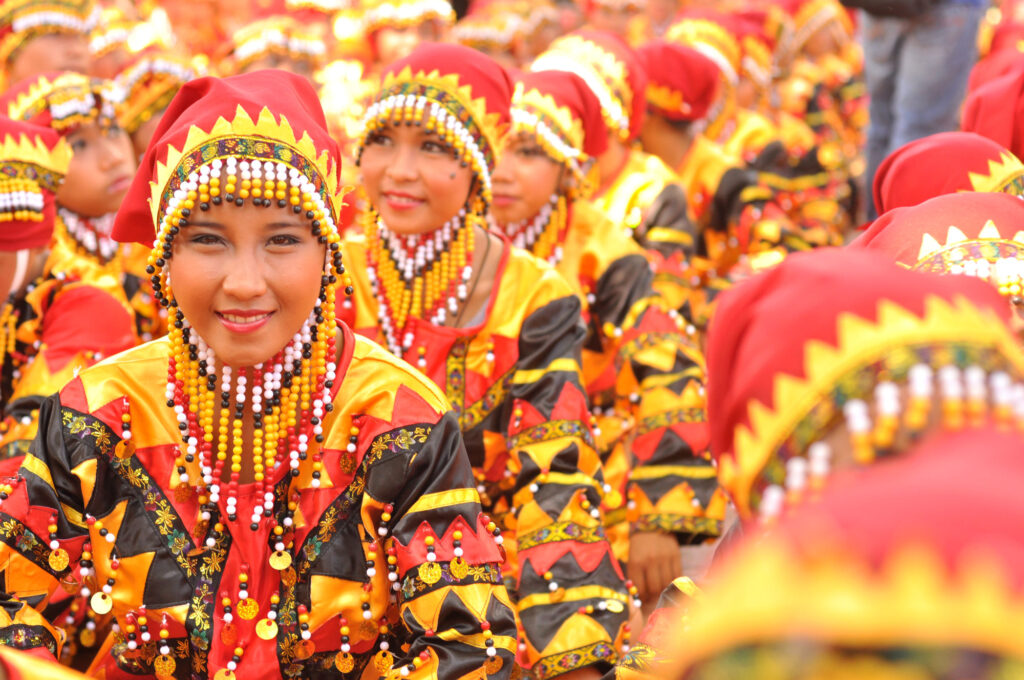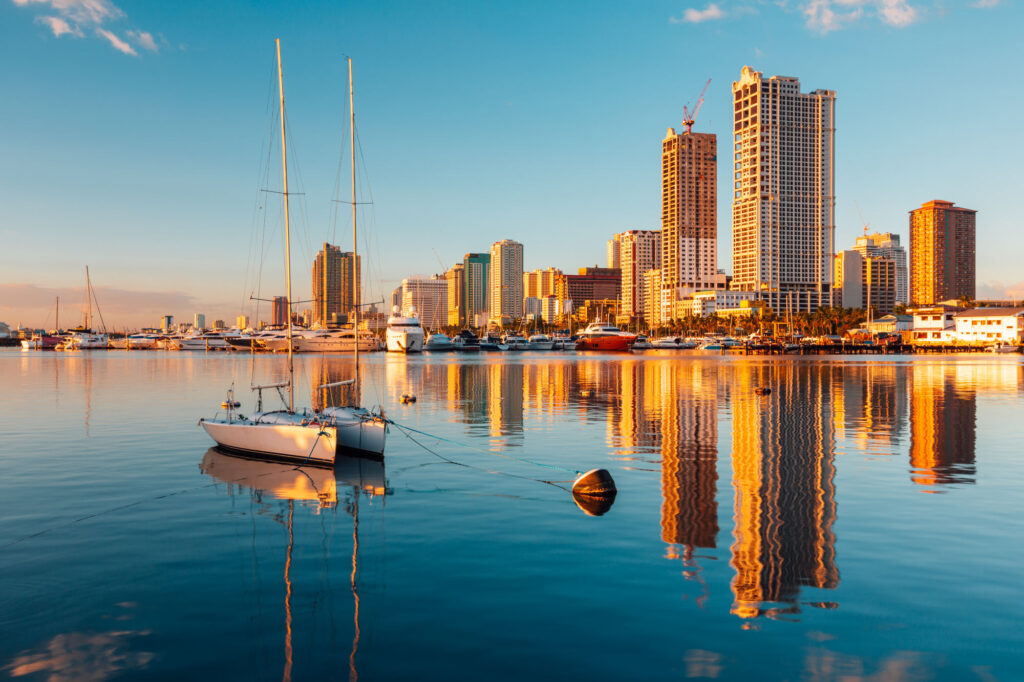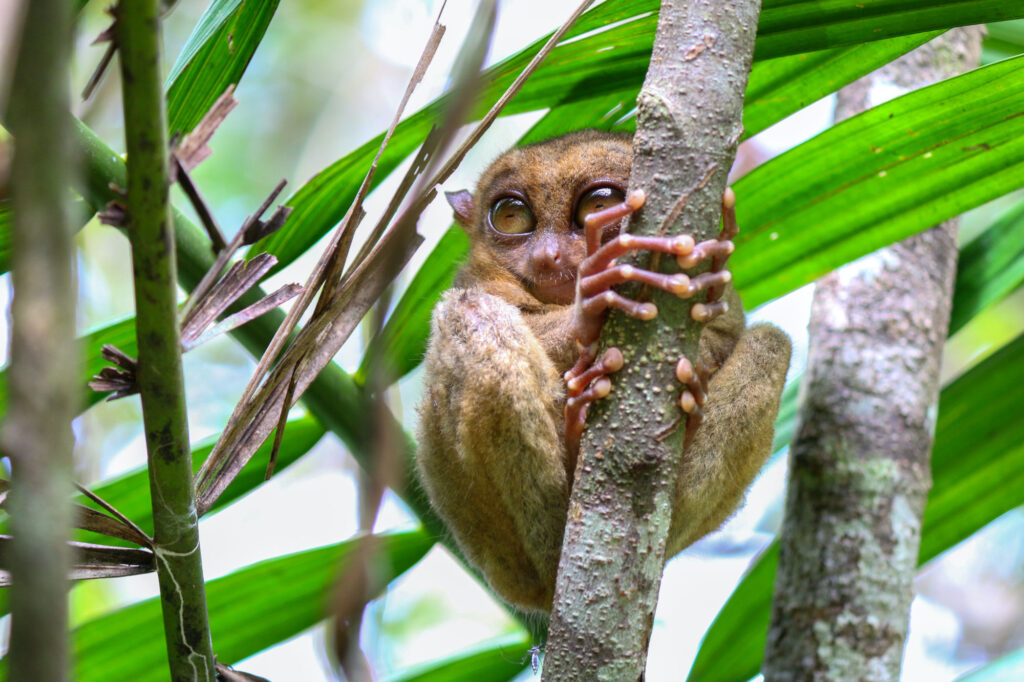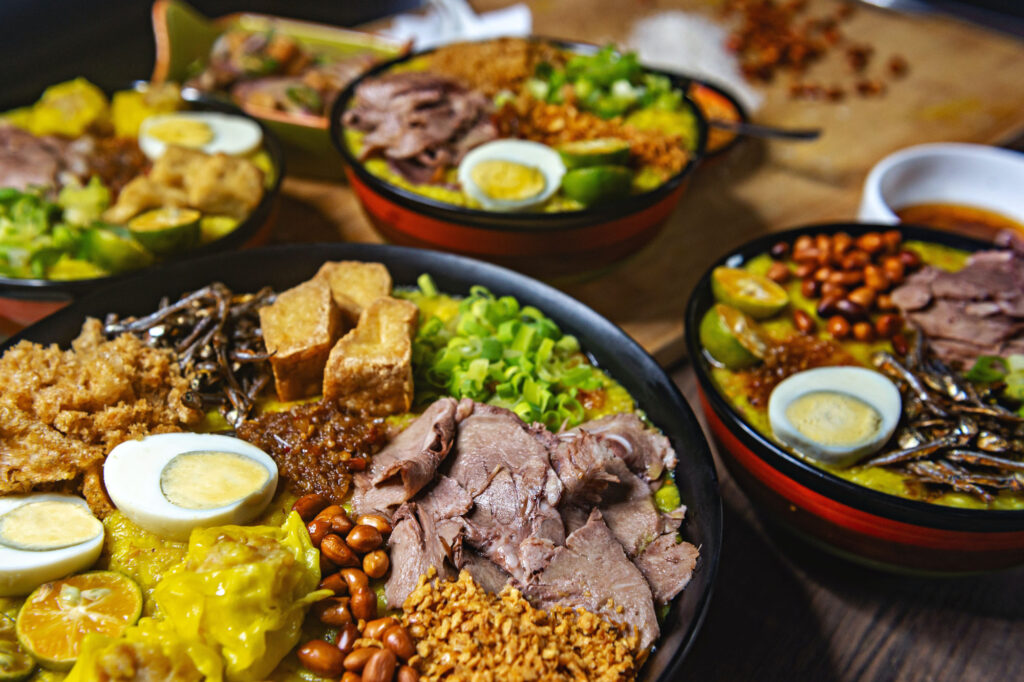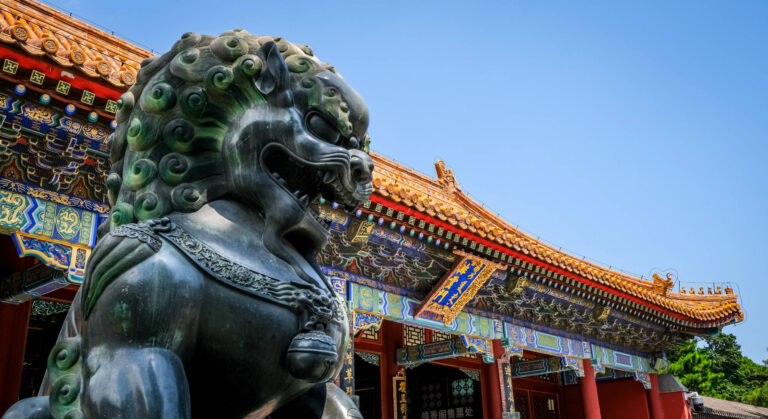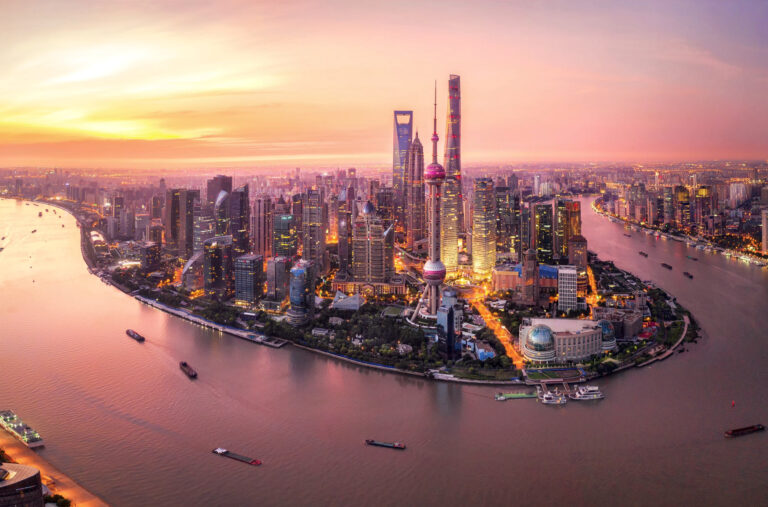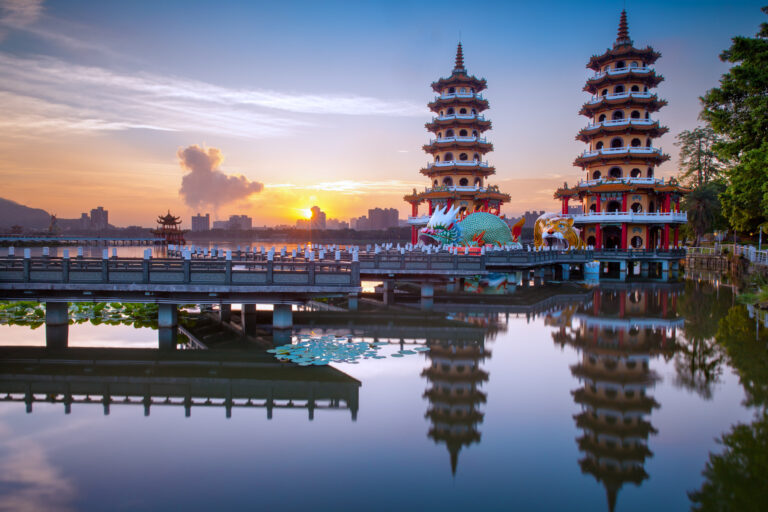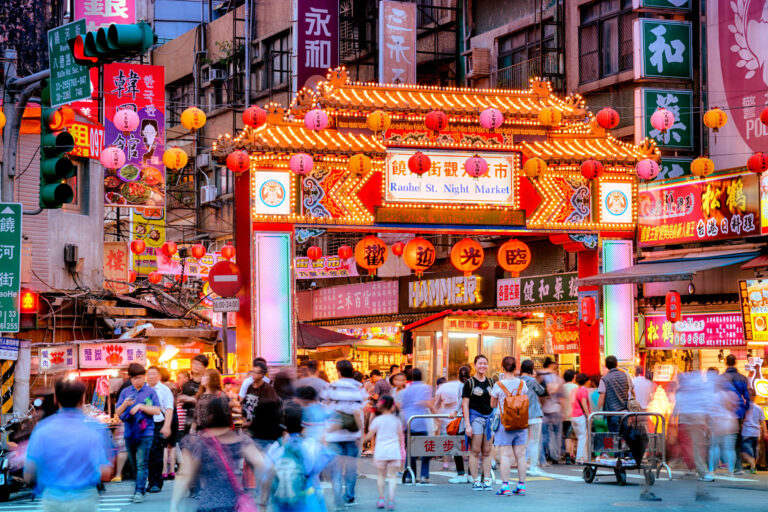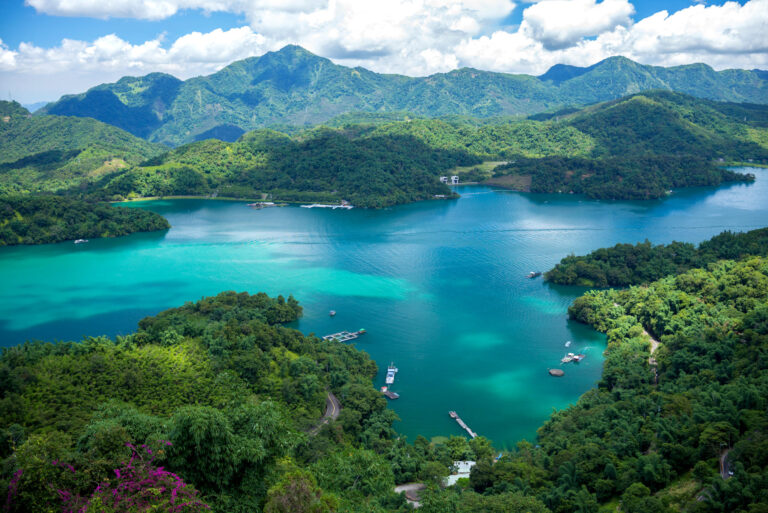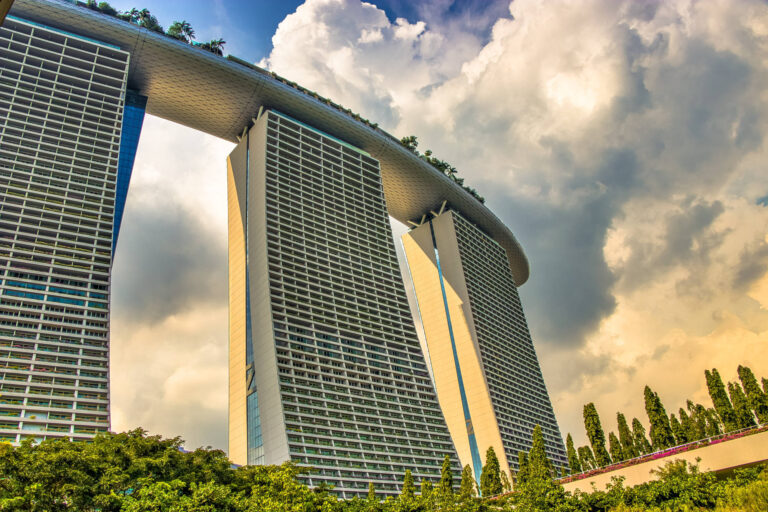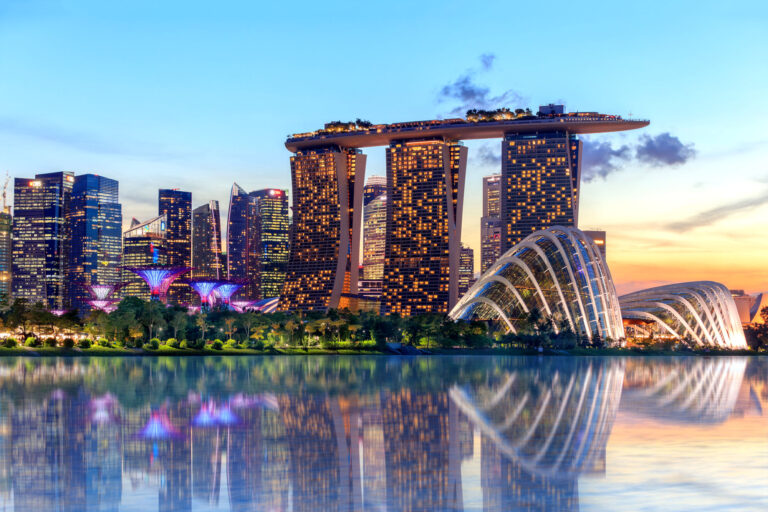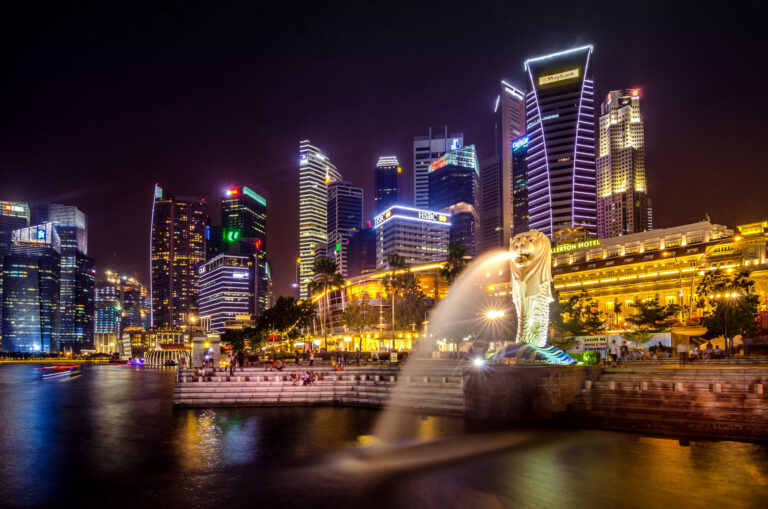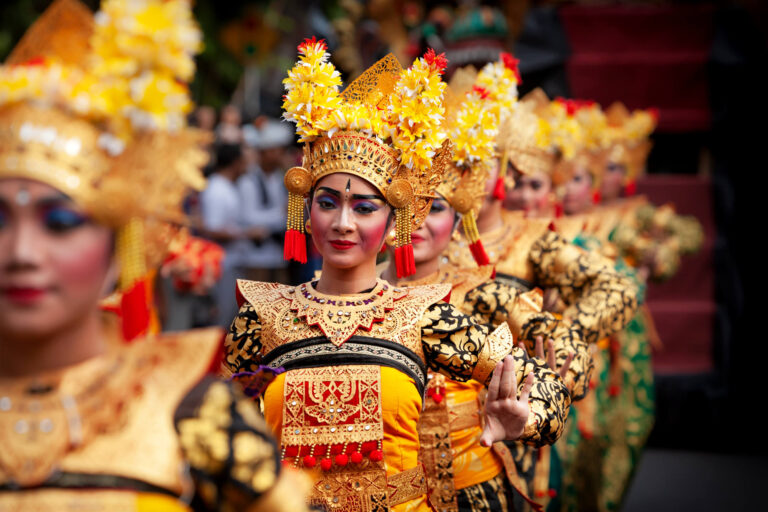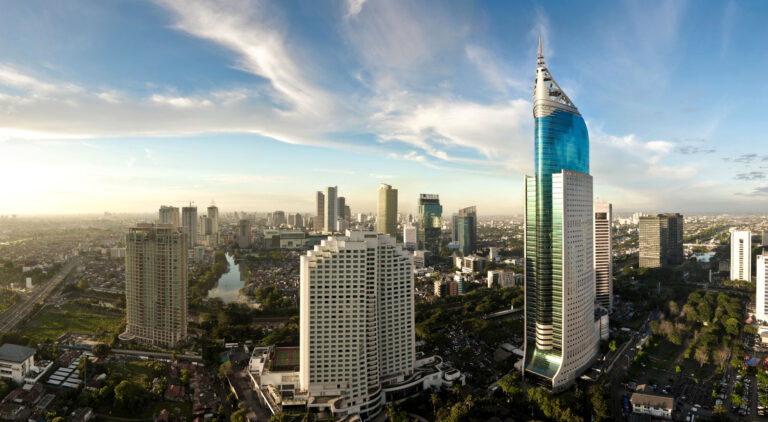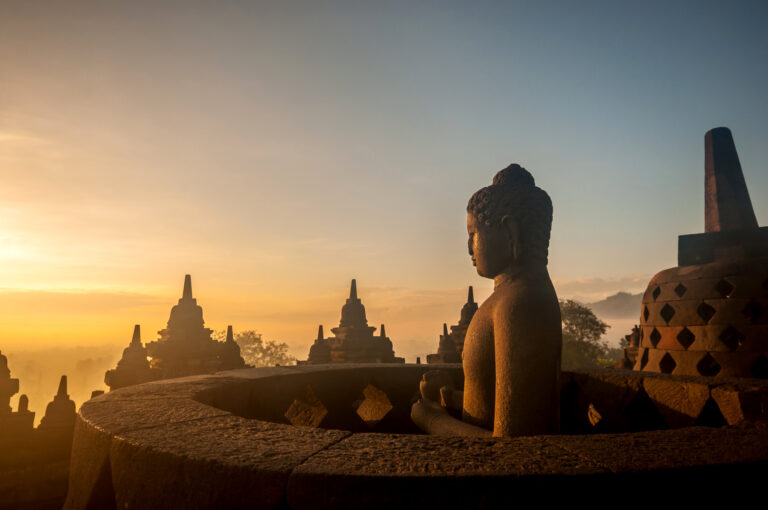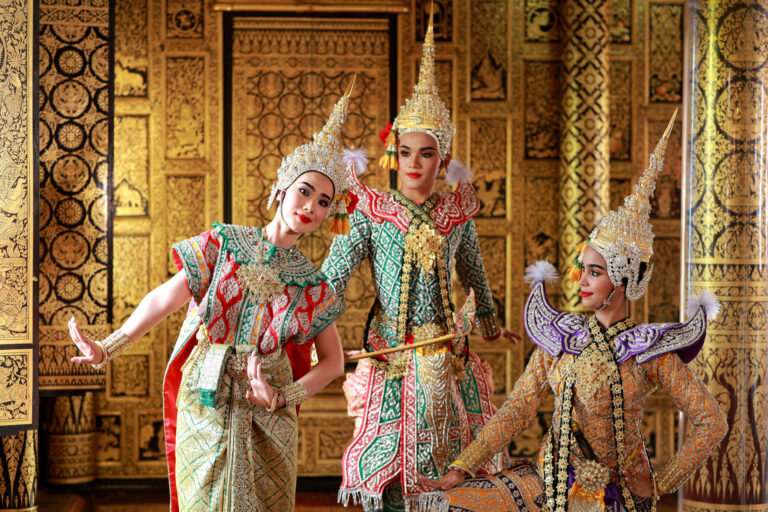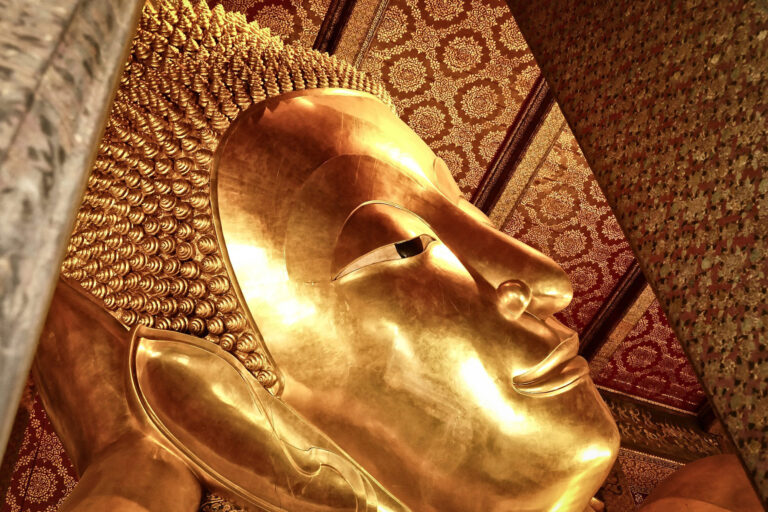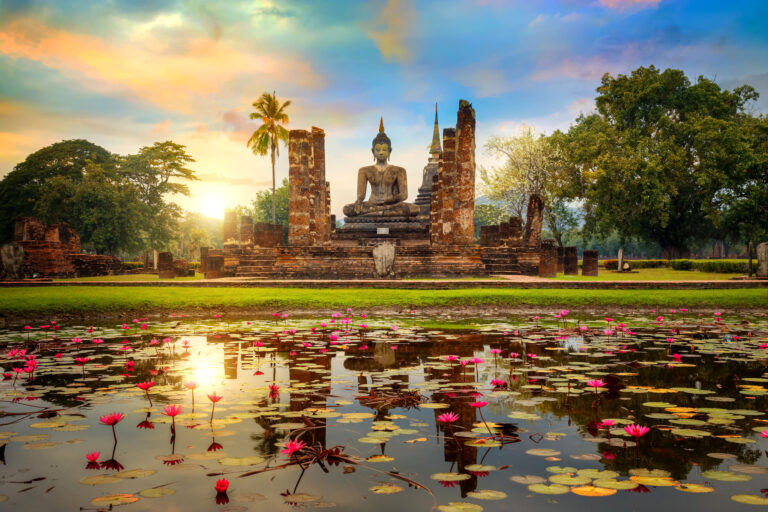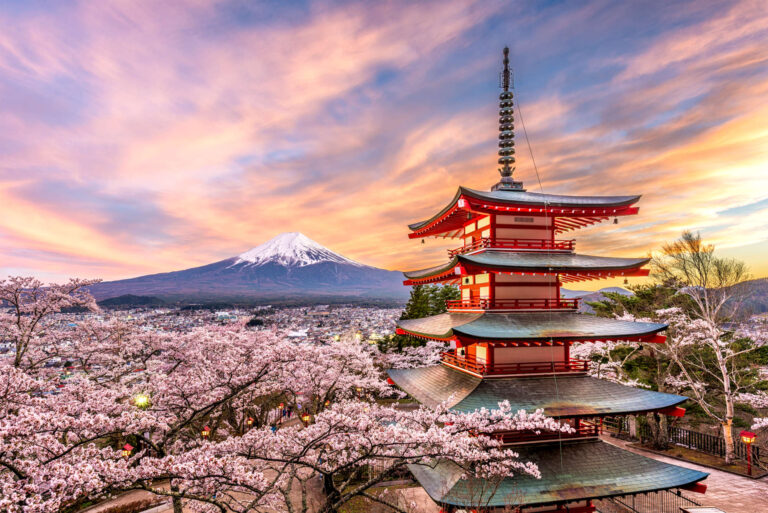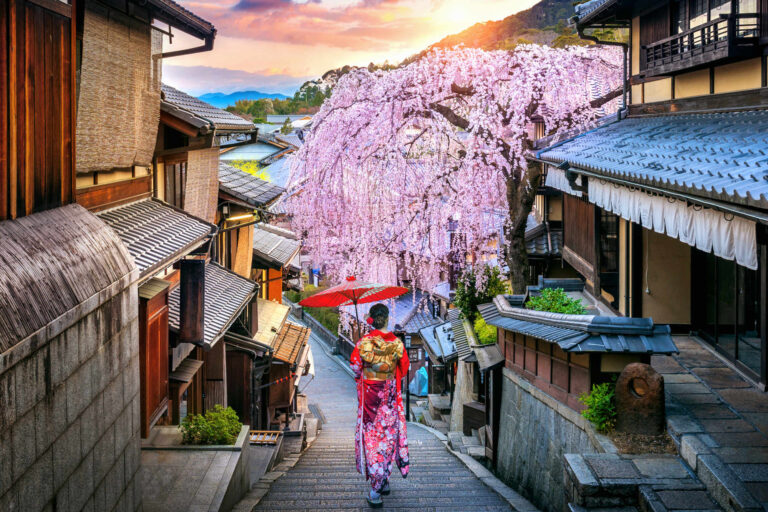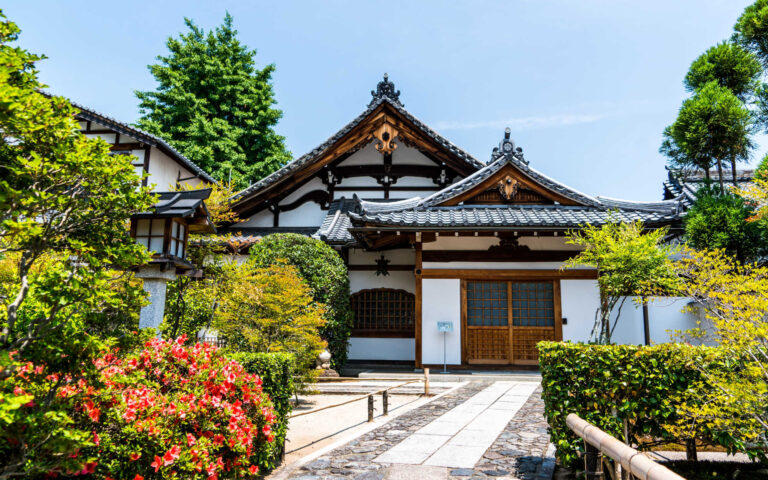
- COUNTRY
- MAIN CITIES
- prev
- next
THE COUNTRY
The Philippine Islands became a Spanish colony during the 16th century and were ceded to the US in 1898 following the Spanish-American War. In 1935, the Philippines became a self-governing commonwealth. Following Japanese occupation during World War II, the Republic of the Philippines attained its independence on 4 July 1946.
- Chocolate Hills;
- Underground River Tour;
- Batad Rice Terraces;
- Historic Tour of Corregidor Island (includes Pacific War Memorial, Malinta Tunnel);
- Pagsanjan Falls
- Private Jets, Helicopters and Airliners
- Finest Onboard Catering
- Ground Transport and Yachts
- Luxury Villa & House Rentals
- Local Guide & 24/7 Assistance
- Customized Global Services
TO BE KNOWN
-
The State's CapitalManila
-
Time ZoneUTC +8
-
Telephone Code63
-
Total Area300 000 Km2
-
Population116 434 200 (2023 est.)
-
Main LanguagesFilipino (based on Tagalog), English
-
CurrencyPhilippine pesos (PHP)
-
GDP Per CapitaUSD 8100
-
Airports247
-
Heliports2
TRAVEL INFORMATION
Tropical marine; northeast monsoon (November to April); southwest monsoon (May to October)
Tagalog 24.4%, Bisaya/Binisaya 11.4%, Cebuano 9.9%, Ilocano 8.8%, Hiligaynon/Ilonggo 8.4%, Bikol/Bicol 6.8%, Waray 4%, other local ethnicity 26.1%, other foreign ethnicity 0.1% (2010 est.)
Use academic, professional, or honorific titles and a person's surname until you are invited to use their first name.
Adobo — chicken and/or pork marinated or braised in a sauce of garlic, peppercorns, and soy sauce and then fried in oil; traditionally served over a bed of rice
Diversified, growing East Asian economy; major semiconductor, ship-building, and electronics exporter; significant remittances; COVID-19 hit consumption and investments hard; regional tensions with China; major geothermal energy user
Promotional Video
Location
-
Philippines

